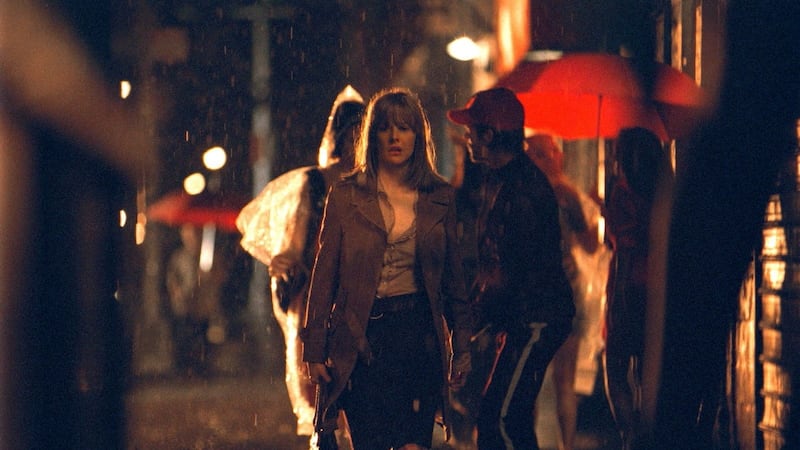Anne Enright was quoted recently in relation to sex scenes in Irish literature. “Is it possible that we just don’t do them at all? There are a few but they are never great.”
So: In The Cut, a master class in the writing of erotica.
Frannie is divorced, living alone in Greenwich Village. She teaches creative writing to a motley bunch of students. Frannie collects words, street slang, volunteered by her students. She makes lists. For example: virginia, n., vagina; snapper, n., vagina; brasole, n., vagina; to knock boots, phr., to have sexual intercourse; to pull a train, v., to have group sex.

One night after class she goes to a local bar. As she looks for the toilet she opens the wrong door. She observes a man, his face in shadow, a tattoo on his wrist, with a woman kneeling between his legs. Frannie watches, repelled and fascinated. Later that night the woman is found dead. Her throat has been cut, her body “disarticulated”, as Detective Malloy, the investigator, says.
Their sexual encounters are described in explicit detail. Language is everything
Frannie’s friend, Pauline, is the next victim. Frannie finds her. Pauline’s head has been severed. Detective Malloy, handsome and enigmatic, becomes Frannie’s lover. Their sexual encounters are described in explicit detail. Language is everything. Malloy volunteers a new phrase. “In the cut. From vagina. A place to hide”.
The novel reeks of bodily fluids: blood, semen, sweat and saliva. We watch Frannie’s casual disregard for her own safety. We tremble with fear. We know there will be more killings. But who is the killer? Sex and death; death and sex. Many contemporary psychological thrillers take these polar opposites as their subject. But few revel so blatantly in the sexuality of killer and killed.
That tattoo on the wrist, two men bear such a mark. But which will deal the final blow? In The Cut takes us into the abyss. We see, through Frannie's eyes, the final moments. A master class, in the writing of sex, the writing of death.









